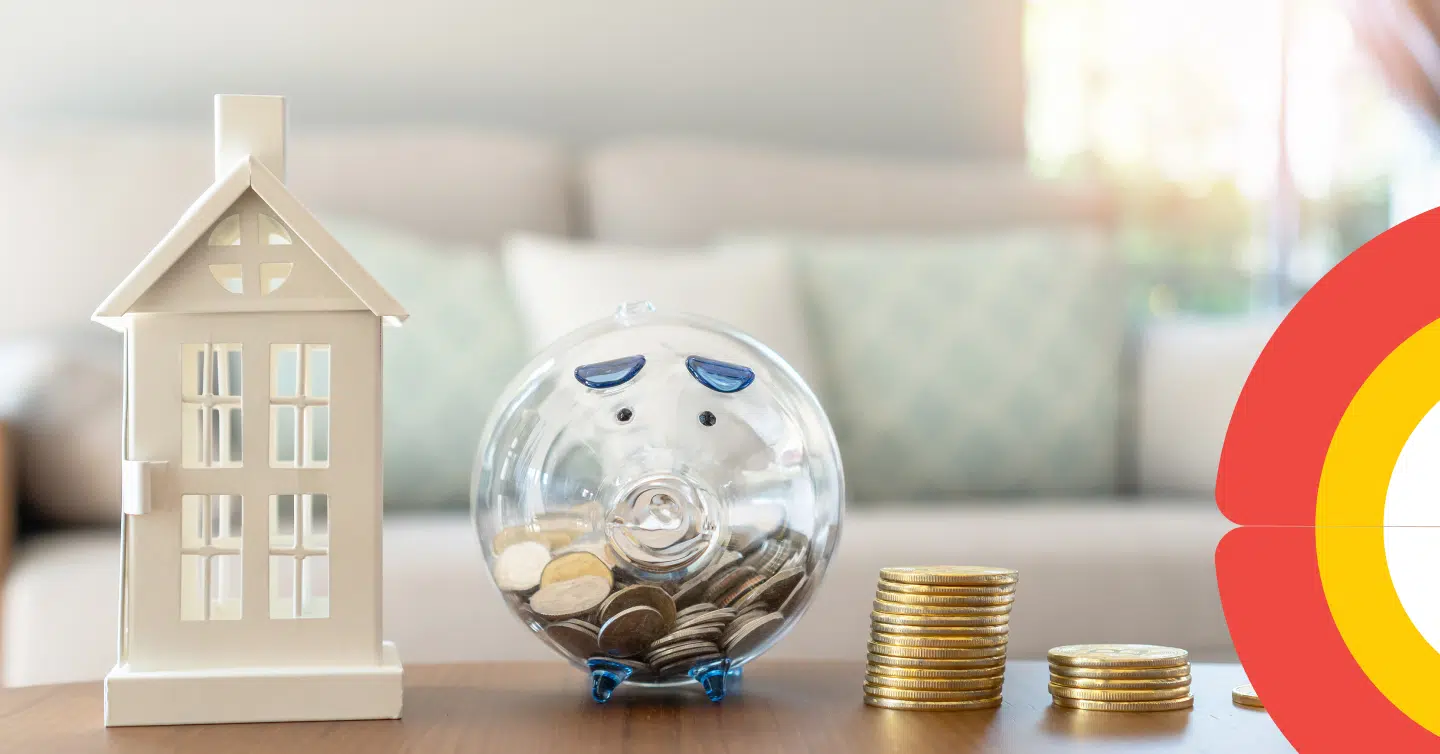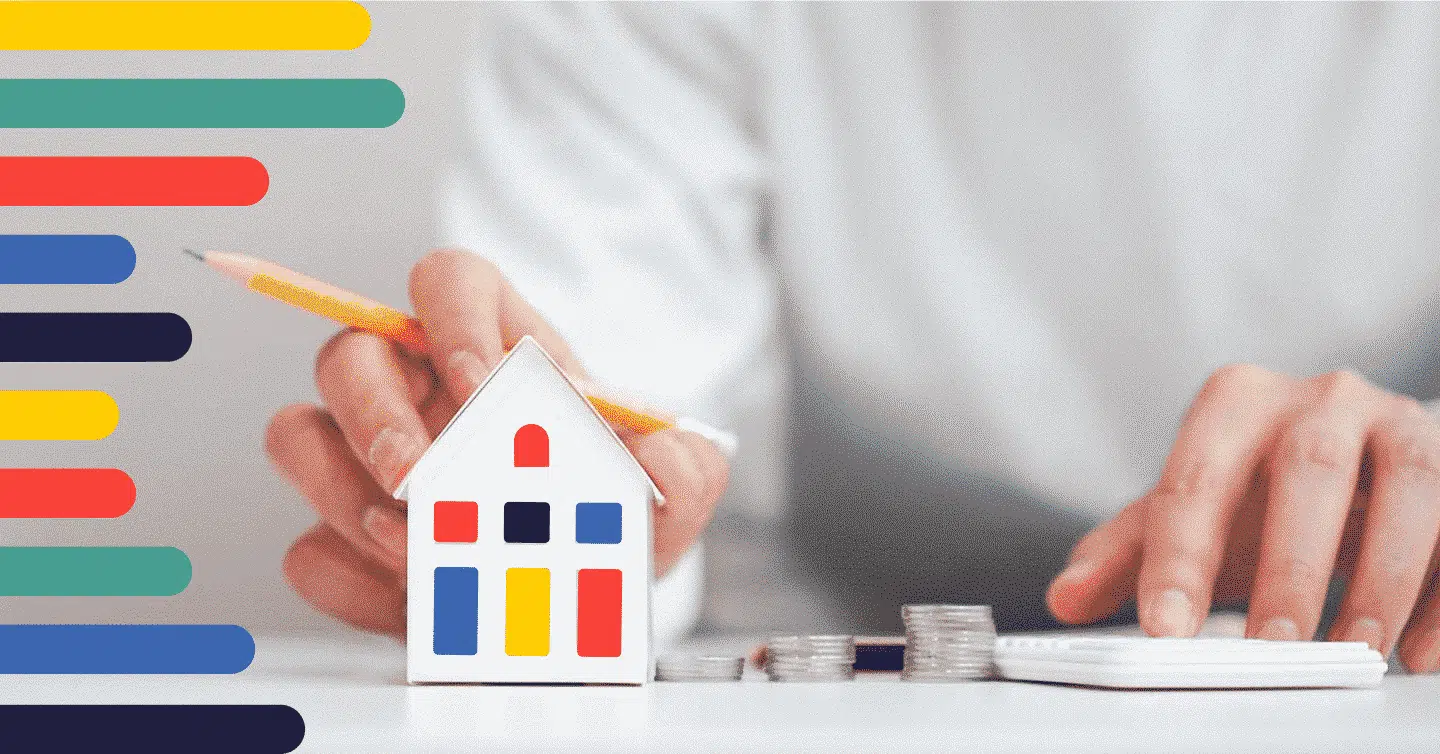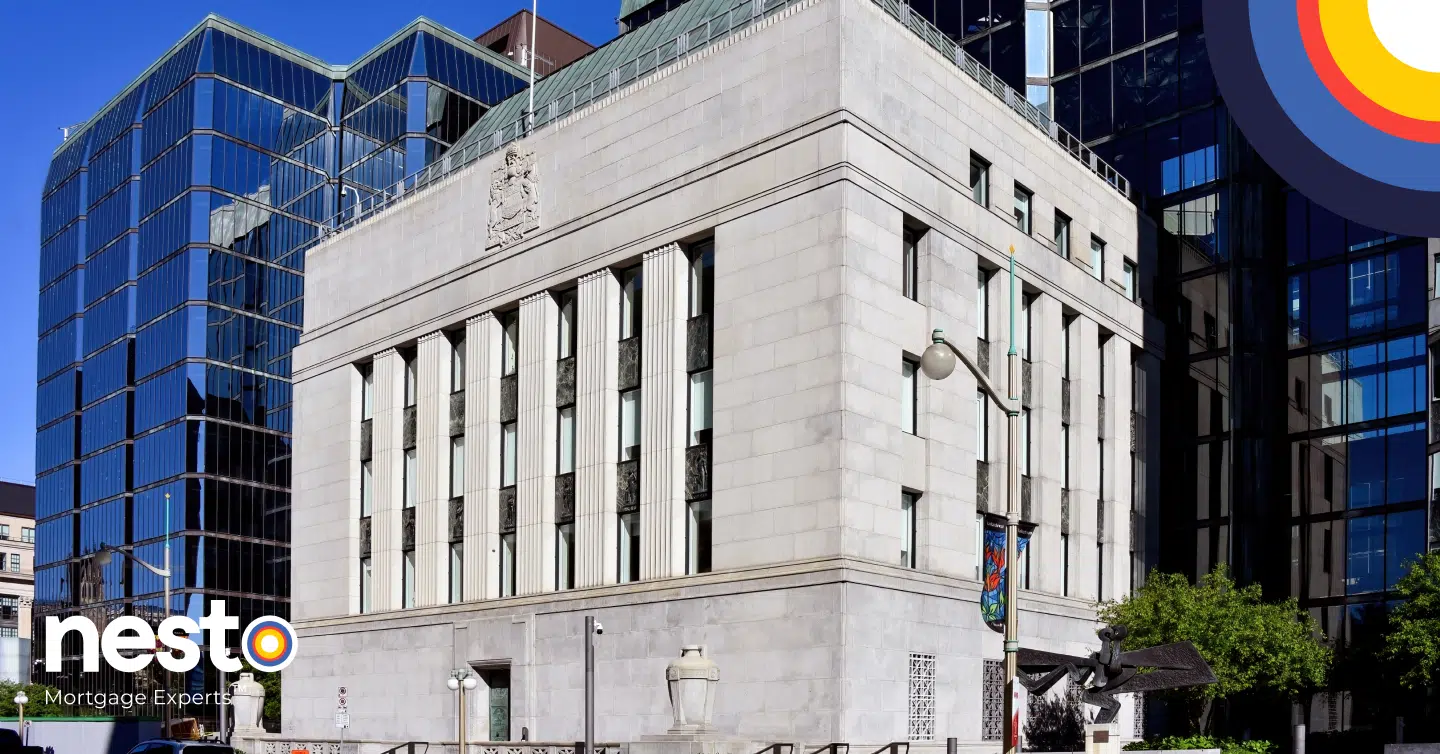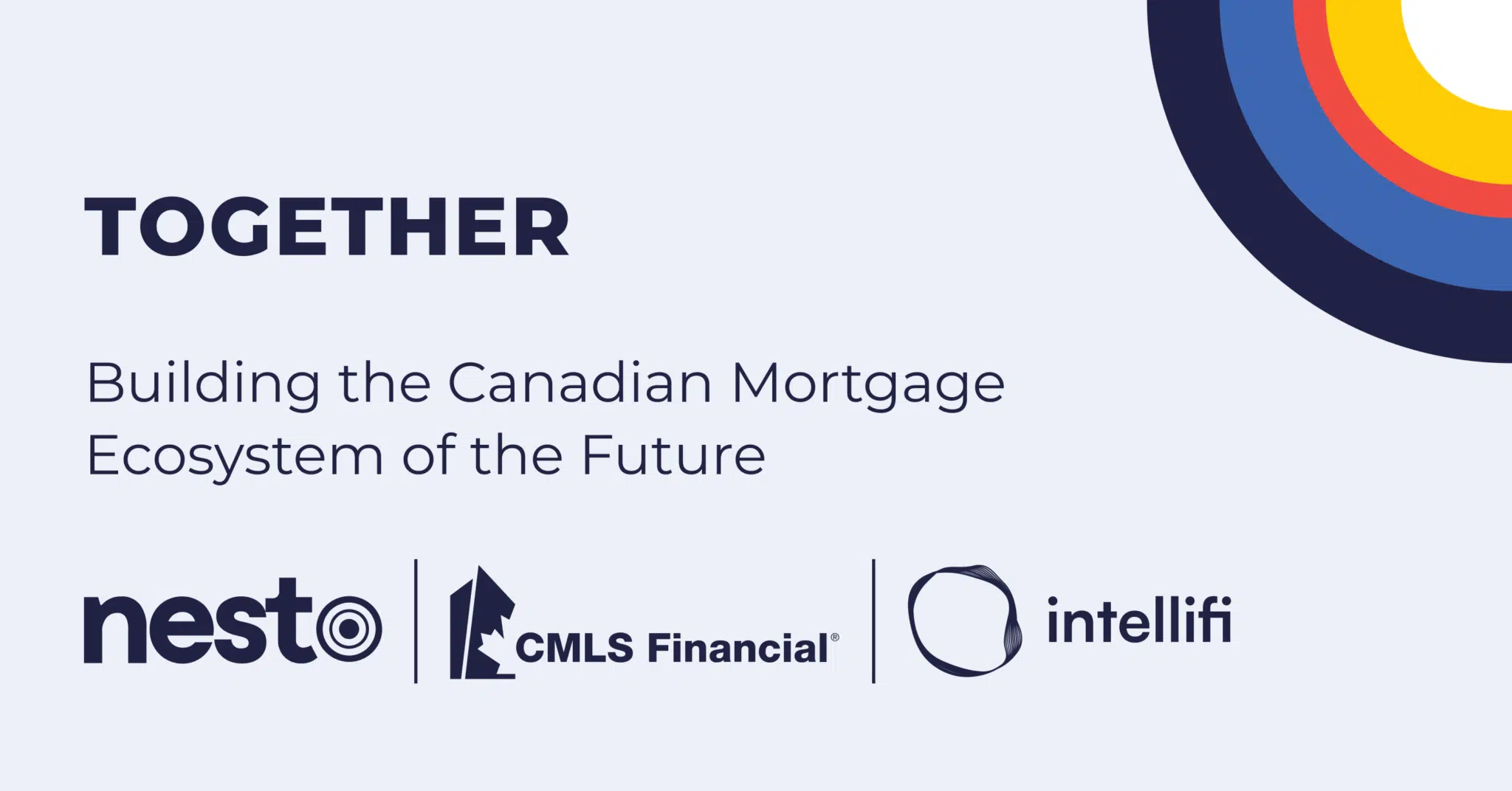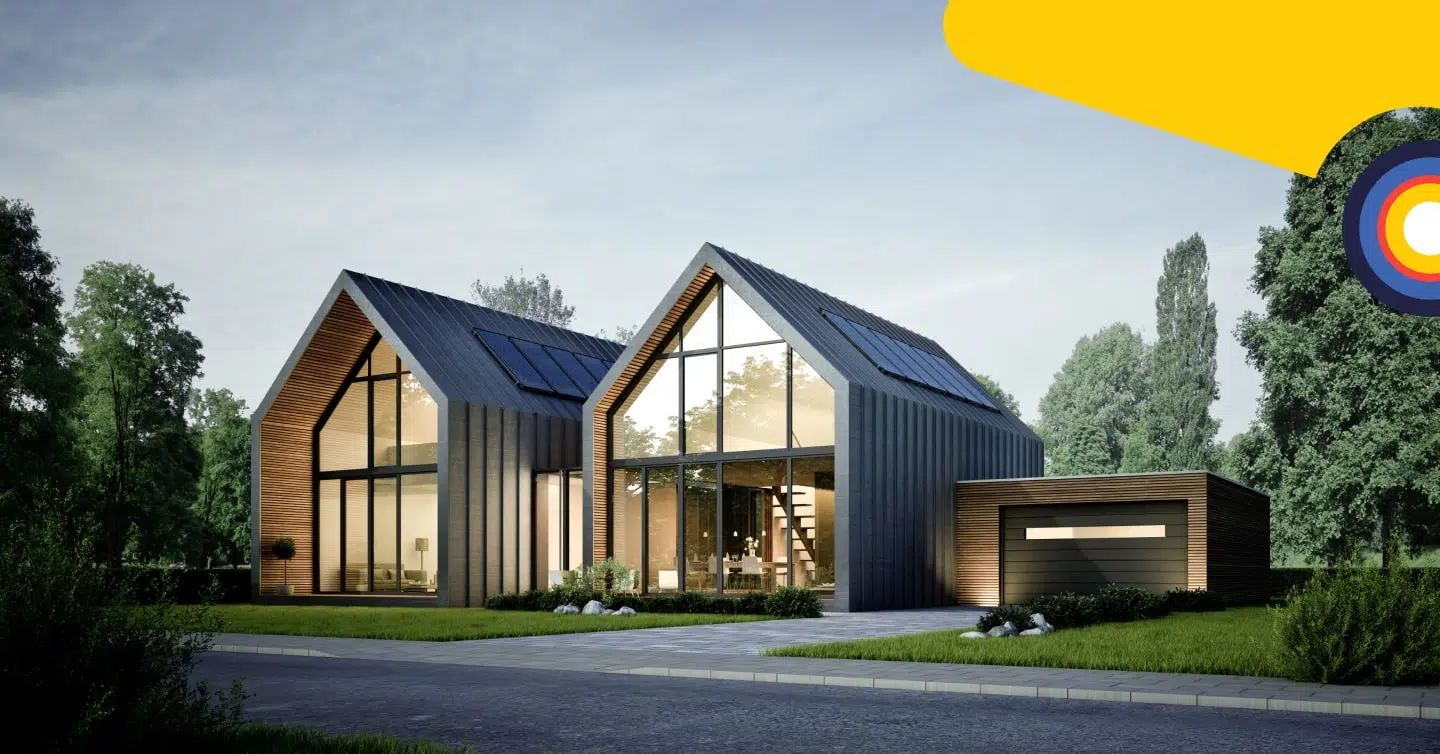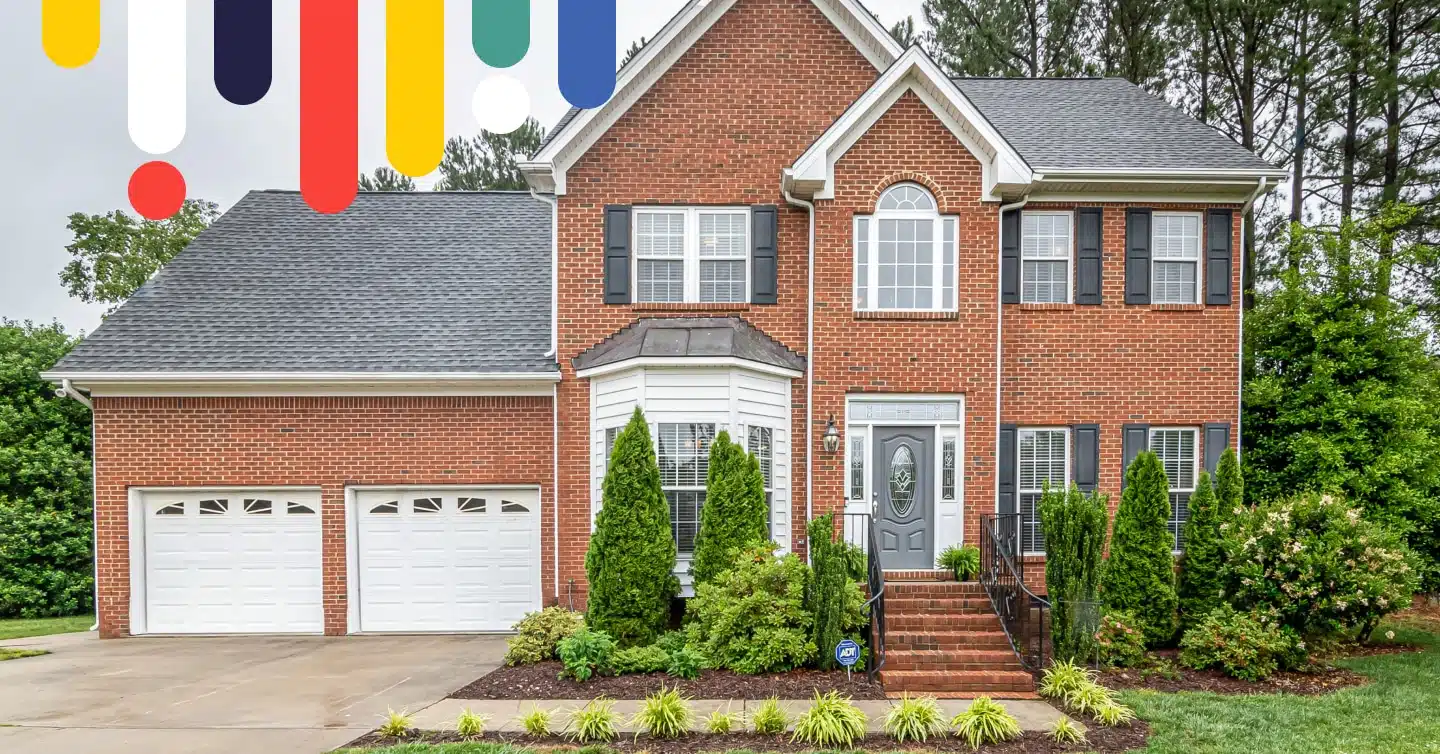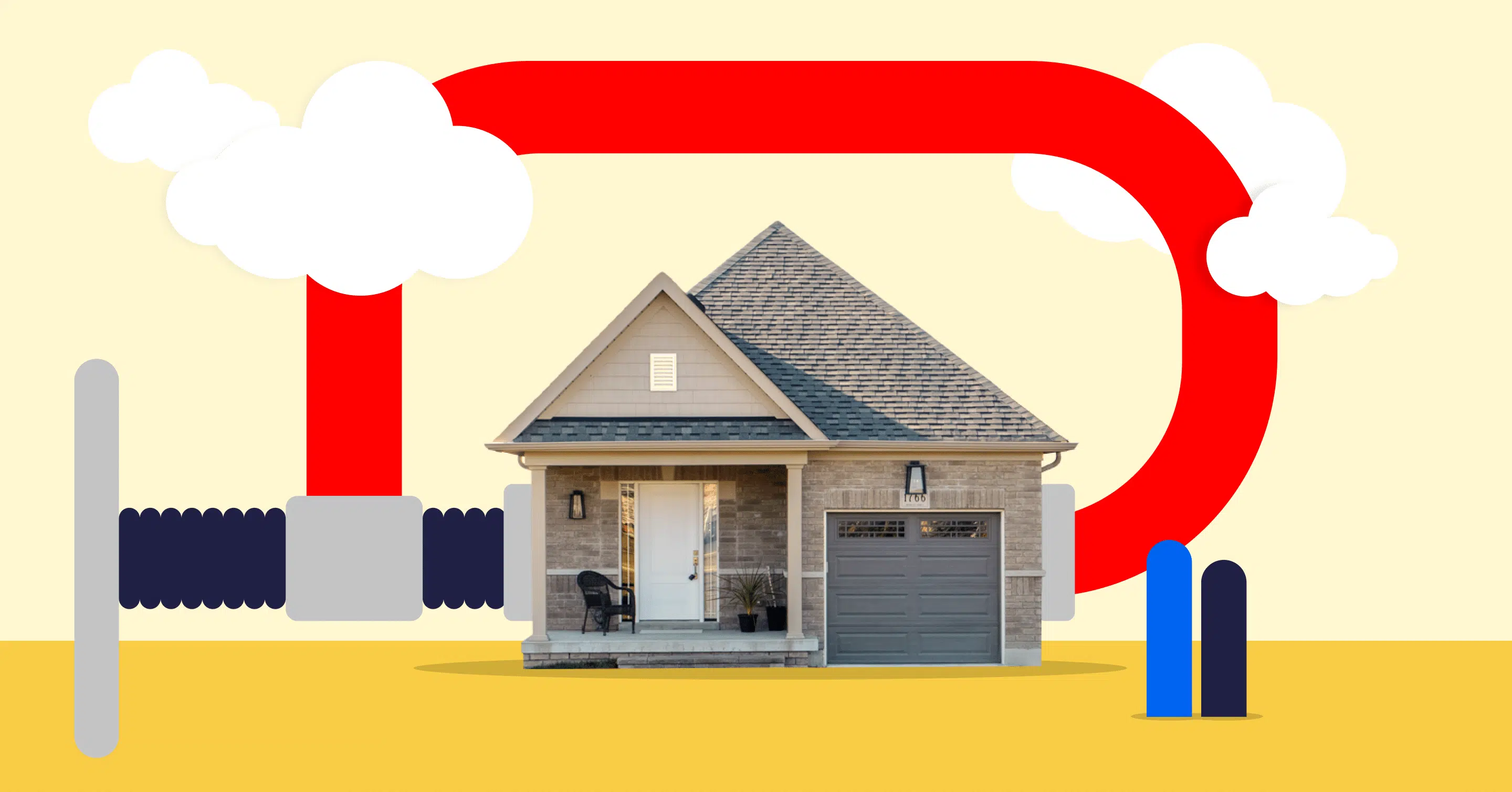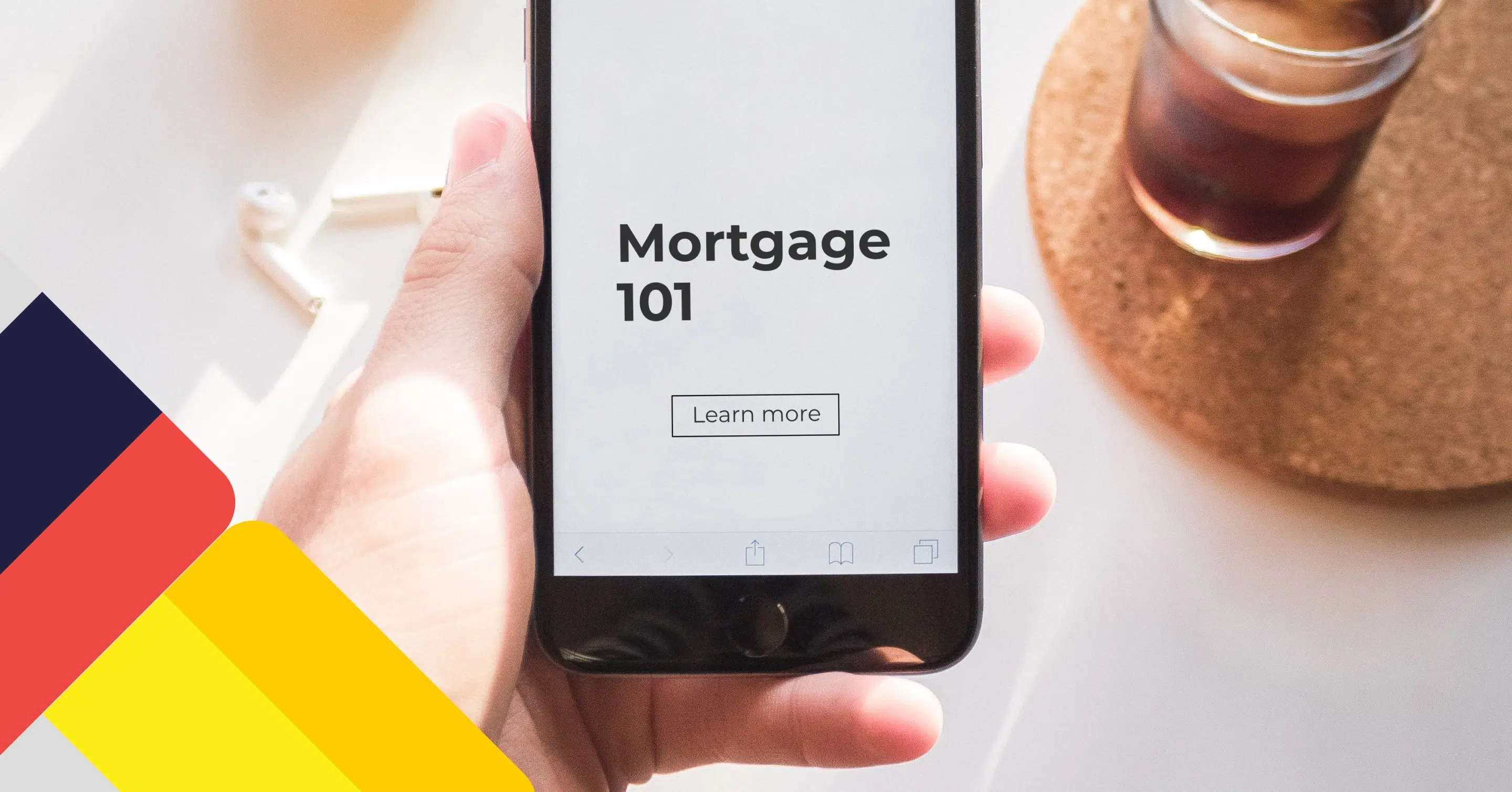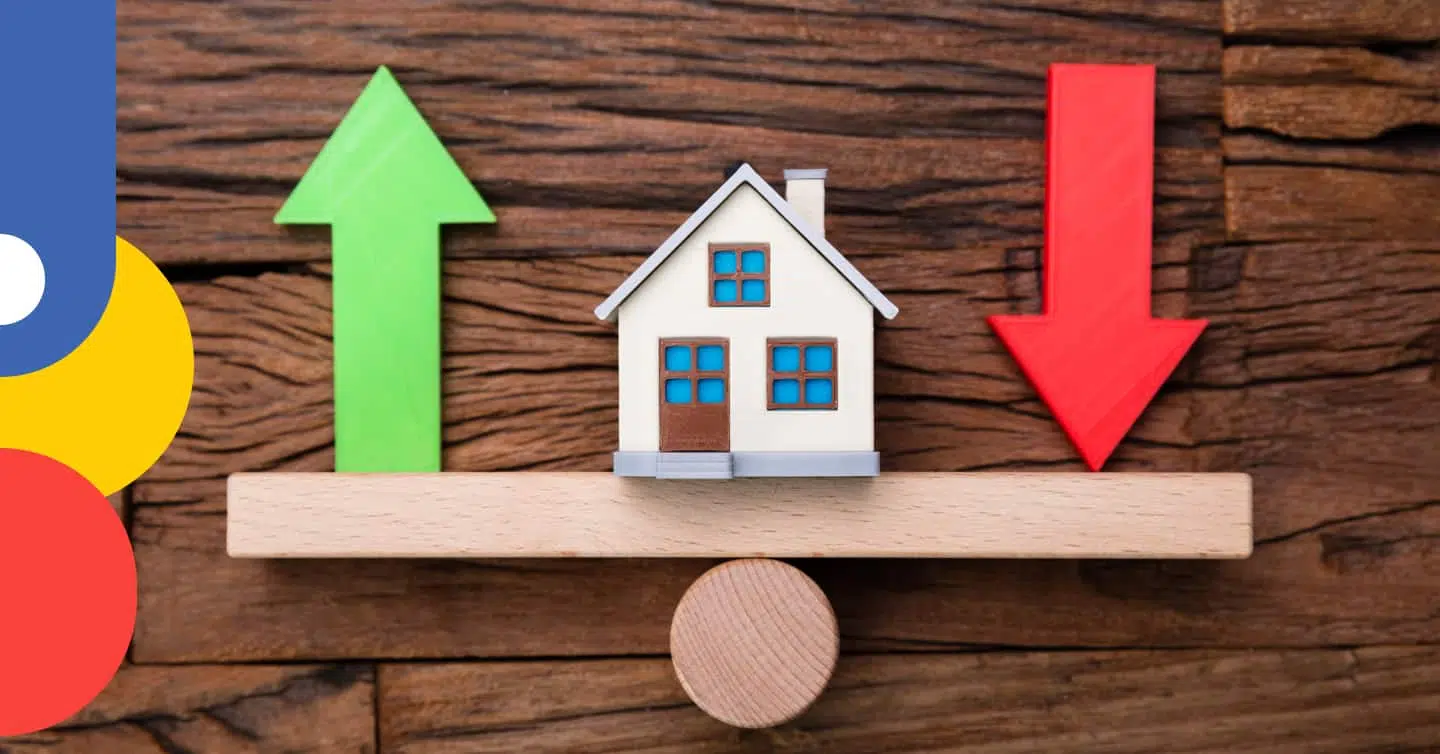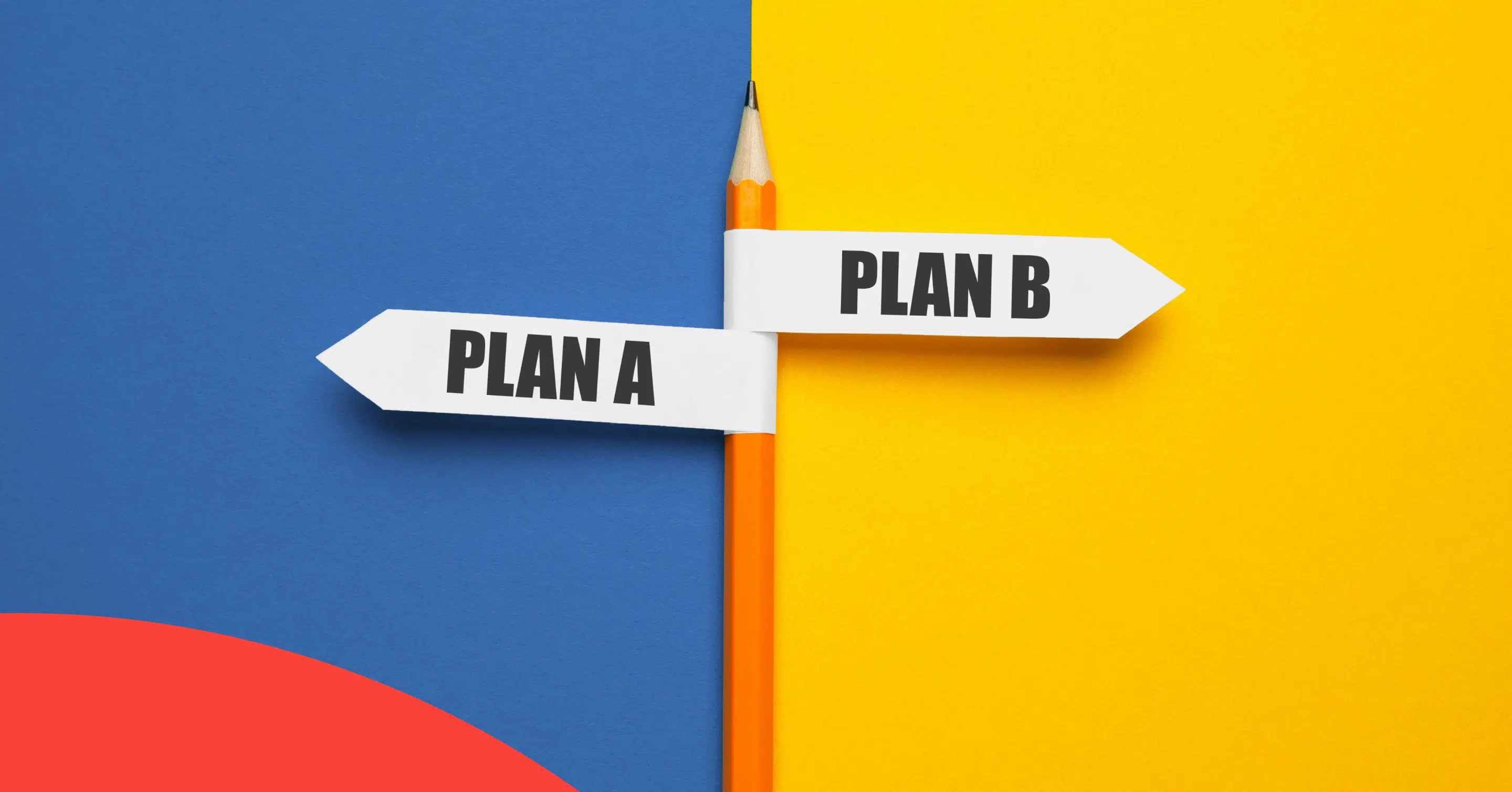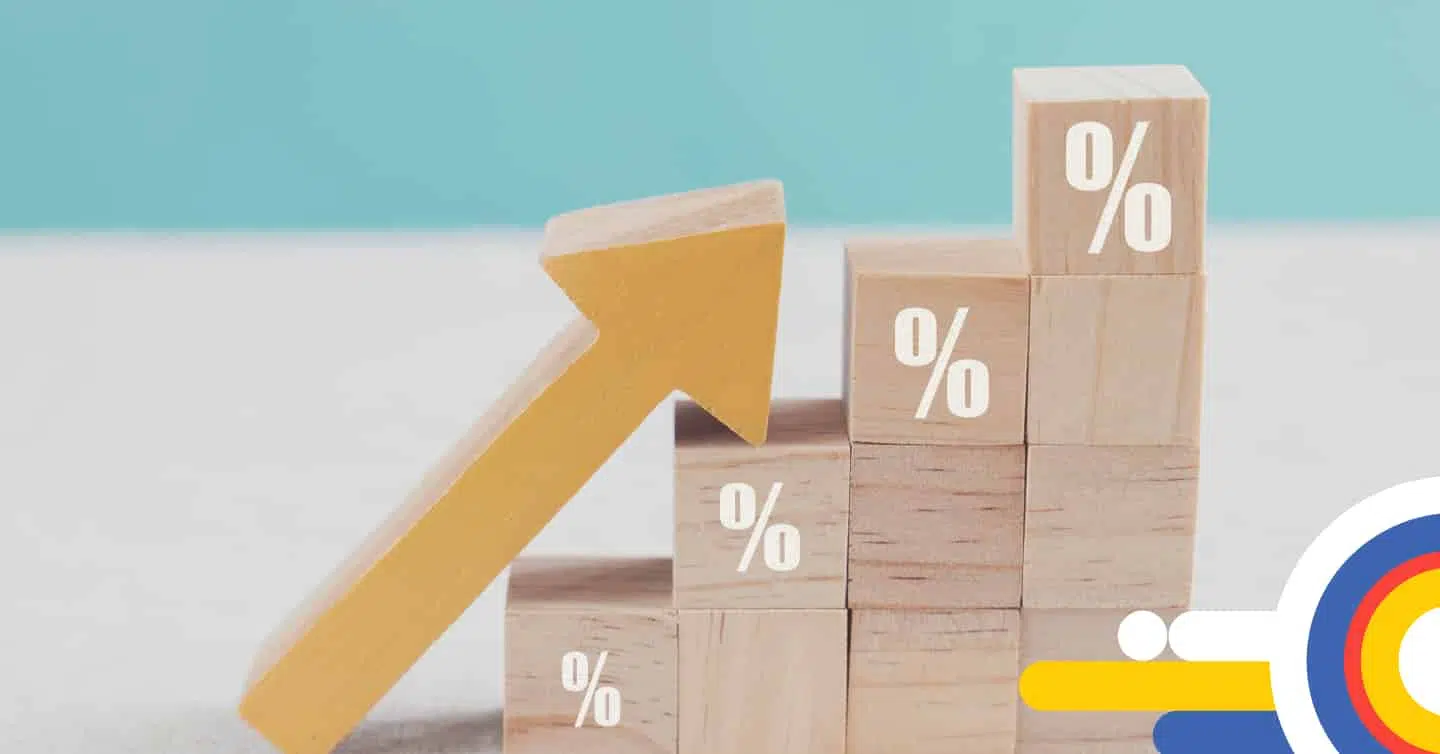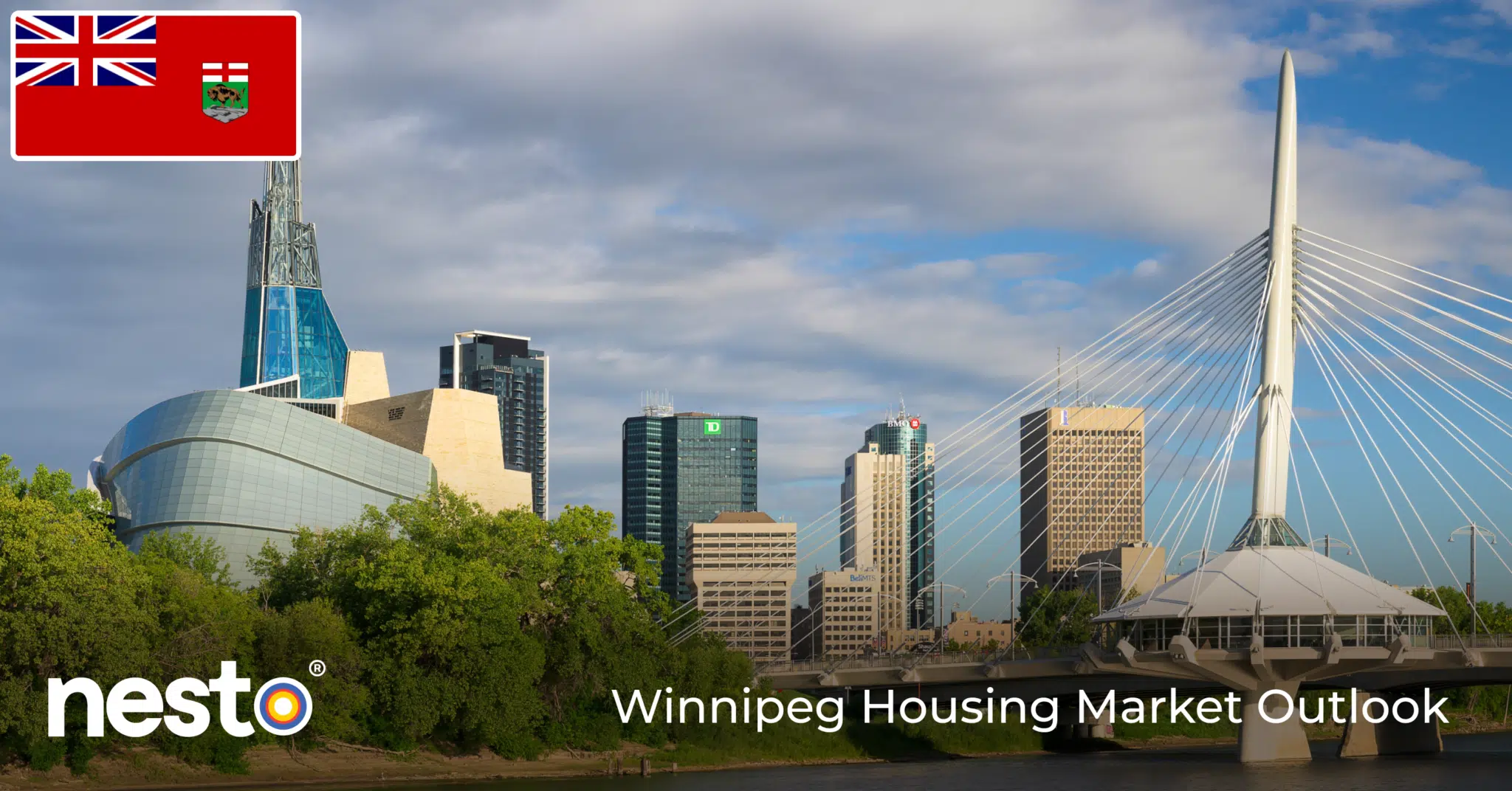Rent-to-Own Homes in Canada
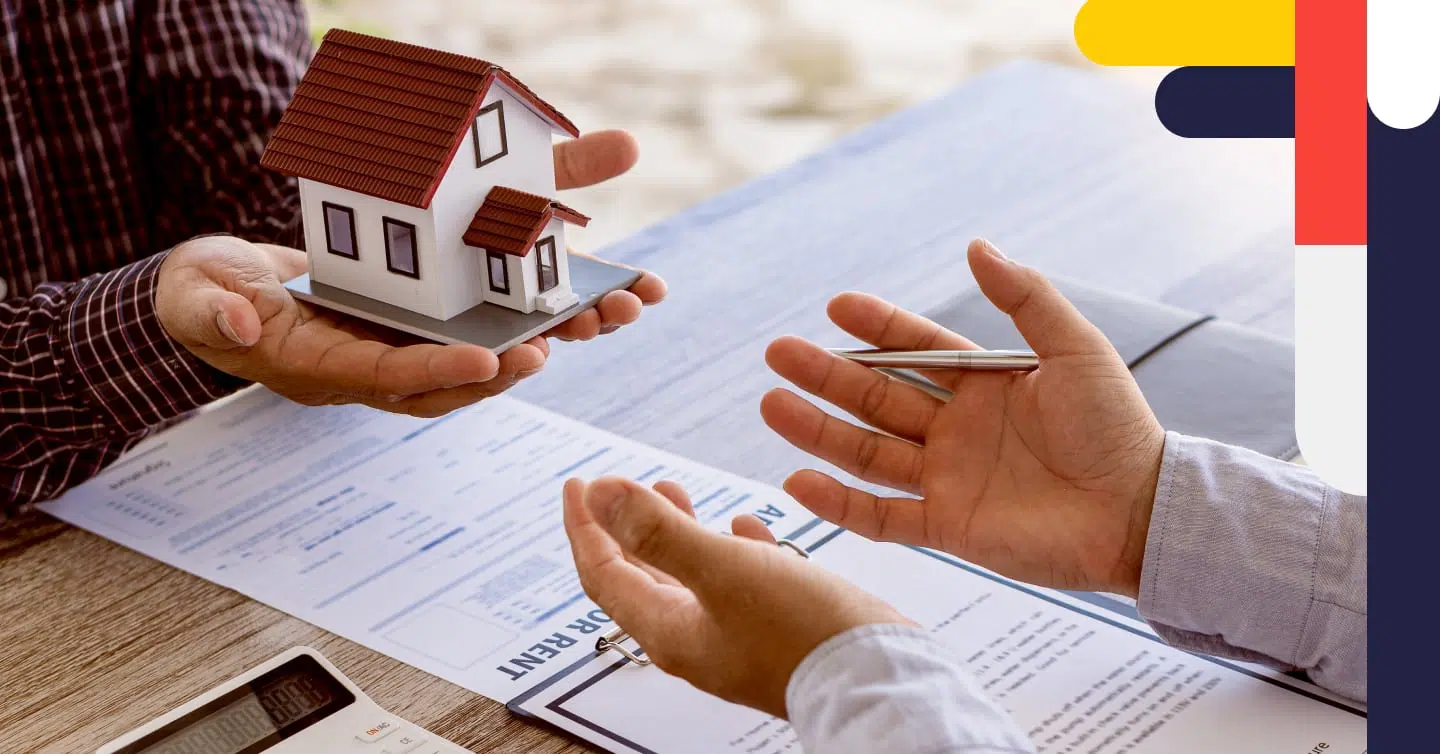
Table of contents
Renting a home can often feel like throwing money away since you’re not building equity or moving any closer to homeownership. For many Canadians who cannot afford a home, renting is the only viable option. That’s where rent-to-own homes come in, offering a potential pathway to homeownership for those with limited financial means to save up for a downpayment.
Rent-to-own is a type of housing agreement between the renter and landlord where, during the rental period, a portion of the tenant’s rent also contributes toward their eventual downpayment on the property. Once the agreement has been fulfilled, the tenant has the option to purchase the property outright.
Key Takeaways
- Rent-to-own programs allow tenants to rent a home with the option to purchase it in the future.
- A portion of monthly rent payments goes towards building equity and can be used as a downpayment on the home.
- Rent-to-own agreements can either be lease-option agreements, providing the option to purchase, or lease-purchase agreements, requiring the purchase at the end of the term.
What is Rent-to-Own?
Rent-to-own agreements enable you to rent a home with the option of purchasing the property. This involves signing an agreement with either a landlord or a rent-to-own company. With this arrangement, a portion of your monthly rent payments is set aside as “rent credits” that can be used towards the purchase of the property as a downpayment.
Tip: Several companies specialize in rent-to-own options across Canada. Be sure to do your research before deciding which one will benefit you the most.
How Does Rent-to-Own Work?
Rent-to-own requires you to sign both a rental agreement and a rent-to-own agreement. Rent-to-own agreements can either be in the form of a lease-option agreement or a lease-purchase agreement.
The rent-to-own agreement can be set anywhere from 1 to 5 years. You have the option to purchase the property either during the lease or at the end of the lease term. If you choose not to purchase the home, you may lose the rent credits accumulated over the rental period, depending on the terms of your agreement.
Lease-Option Agreement
Under a lease-option agreement, you have the option to purchase the home but are not obligated to do so. If you choose not to exercise your purchase option, you can simply walk away at the end of the lease without penalty. This option allows you to test out living in the home before committing to the purchase.
Lease-Purchase Agreement
In a lease-purchase agreement, you are legally obligated to purchase the home at the end of the lease term. Failure to purchase due to the inability to qualify for a mortgage or any other reason can result in penalties.
Reasons to Rent-to-Own
Rent-to-own homes can be attractive for individuals who want to become homeowners but face financial challenges. They can be particularly beneficial for first-time homebuyers who need extra time to save for a downpayment or improve their credit history.
Here are some reasons why you might consider a rent-to-own program:
- Limited Downpayment: Rent-to-own programs offer the opportunity to accumulate a downpayment gradually through rent credits, making homeownership more accessible for those who may struggle to save a lump sum.
- Poor Credit History: If you have a less-than-ideal credit score, rent-to-own programs can give you time to improve your creditworthiness while living in the property you hope to purchase.
- Test the Home: Renting-to-own allows you to experience living in the home before committing to the purchase. This can help you determine if the property meets your needs and if you want to invest in it long-term.
- Lock-In Future Purchase Price: Some rent-to-own agreements lock in the home’s purchase price, protecting you from potential price increases in the housing market.
Downpayments for Rent-to-Own
One of the advantages of rent-to-own programs is the opportunity to build equity through rent credits that can be used as a downpayment on the home. Most rent-to-own companies in Canada require an initial downpayment, typically lower than what is required for a traditional mortgage.
The initial downpayment, sometimes known as the option fee or option consideration, is a percentage of the home purchase price. The exact amount will vary depending on the specific company and agreement.
Some programs offer flexible downpayment options, allowing you to gradually pay the downpayment over the rental term rather than upfront. It’s advisable to inquire about the specific downpayment terms before entering a rent-to-own agreement.
Finding Rent-to-Own Properties
If you’re interested in rent-to-own homes, there are a few ways to find suitable properties.
Rent-to-Own Your Current Rental: If you’re already renting a property and have a good relationship with your landlord, you may be able to negotiate a rent-to-own agreement for your current rental. This option is convenient because you’re already familiar with the property, neighbourhood, and landlord.
Rent-to-Own Listings for Sale: Another option is to search for listed properties, offering the option to rent to own. Many homeowners struggling to sell their properties might be open to this arrangement as an alternative.
You can explore real estate listings on various platforms and filter the search results to include rent-to-own listed properties. This allows you to browse available options and choose a home that meets your needs and budget.
Using Rent-to-Own Companies: Rent-to-own companies specialize in connecting tenants with properties. These companies often have a catalogue of homes available. When working with a rent-to-own company, you’ll have the flexibility of choosing properties within a specific price range and downpayment options.
The company will purchase the desired property, and you’ll enter into an agreement with them. These companies simplify the process by handling the paperwork and negotiating on your behalf. They can also provide guidance and support throughout the rent-to-own journey.
Income Requirement for Rent-to-Own Homes
Rent-to-own programs typically have income requirements to ensure tenants can afford the monthly rent and eventually qualify for a mortgage. The specific income threshold will depend on the company, with many setting a minimum threshold and can vary from company to company.
To determine if you meet the income requirements, you’ll typically need proof of income, such as pay stubs, income tax returns, or employment letters. To qualify, you must have a steady employment history demonstrating your ability to comfortably afford the monthly rent-to-own payments.
Rent-to-Own: Documents, Fees and Contract Details
Option Fee
As part of your option-to-purchase agreement, you’ll be required to pay an upfront fee, known as an option fee. This allows you to have the option to purchase the home in the future. The fee is nonrefundable, meaning you will lose it if you decide not to purchase the home, default on your rent obligations, or break the lease terms.
The option fee can usually be negotiated and can range between 1% to 5% of the home’s purchase price. If you decide to use your option and purchase the property, this fee becomes a nonrefundable deposit toward the home.
If you have a lower option fee or initial downpayment, remember that this will likely result in higher monthly payments. This is necessary to make up the minimum downpayment needed by the end of your rental term. Paying a larger amount upfront allows you to have lower monthly payments as less is required to go toward the downpayment savings portion of your monthly rent.
Length of Contract
Your agreement will include a specified contract length, usually 1 to 5 years. During the agreement period, you can exercise your option to buy the home anytime.
However, if the contract expires and you haven’t exercised your option to purchase, you will lose the ability to purchase the home and your option fee. Some agreements may set a specific date that you must complete your purchase.
Most rent-to-own companies will set the average contract length at 3 years, giving you enough time to save up for the downpayment. The contract length can be longer or shorter depending on the company.
Purchase Price
A purchase price for the home can either be negotiated in advance based on the current property value or set based on the future price of the property. If you have a longer option of 5 years, the purchase price will likely be based on the value when the option is exercised rather than set when the contract is signed. This is because home values can rise significantly over a longer period of time.
Rent Credits
Rent credits are the agreed-upon percentage of your monthly rent payments that will be set aside. This amount is then put toward your downpayment when you purchase the home. The percentage amount of rent credits will be set depending on how much you need to save to meet the mortgage lender’s minimum downpayment requirements within your rental term.
To illustrate this, if the home has a purchase price of $500,000 and the rent-to-own company requires a 3% ($15,000) initial downpayment over a 2-year term, you will need at minimum 5% as a downpayment to get an insured mortgage. That means you’ll need to save up the remaining 2% or $10,000 over 2 years.
$500,000 x 0.02 = $10,000
Dividing that amount equally over 2 years works out to roughly $417 a month. This will be added on top of your monthly rent payments. Rent is typically charged based on current market rent, and the minimum must be at least enough to cover the rent-to-own company or landlord’s monthly mortgage payments.
For example, the average monthly rent in Montreal is around $2,000, but mortgage payments on the home are $2,900. The rent-to-own company would charge at least $2,900 for rent.
The opposite would be true if rent is higher than mortgage payments. The company will always charge the higher of the two, so in that case, they would charge the market rent price vs. the mortgage amount.
Combined with the rental credits renting to own using the Montreal example amount, you would pay a total of $3,317 based on the $2,900 rental amount plus the $417 rental credit.
You will usually need to provide 2 cheques each month. One is for your monthly rent amount, and the other is for your rent credit amount. This is because the rent credit payments need to be separate so they can be saved and refunded to you when you’re ready to purchase the home. Rent credits are essentially a form of forced savings.
Maintenance Responsibilities
When you rent, you usually aren’t responsible for repairs and maintenance on the property. Instead, this falls on the landlord. With rent-to-own, some companies will treat you more like an owner than a renter, meaning you will be responsible for any repairs and maintenance to the home during your rental term.
You may be restricted from things like renovations or need permission from the company or landlord, as well as the current lender, to make any major alterations to the home before you purchase.
Rent-to-Own Examples
You found a home with a purchase price of $500,000 that you would like to purchase in 3 years through a rent-to-own agreement. You’re sent the lease agreement and an option-to-purchase agreement that sets the home price and rent credit rate.
The company charges an initial option fee of 2% of the purchase price. You’ve decided to lock in the purchase price, and the company predicts that home prices will increase by 5% each year, so this will be added to today’s home price to determine the future value.
Market rent is higher than the mortgage payments on the home, so the company will have you pay market rent plus the difference in payments required for the eventual downpayment. You can expect to pay $2,326.25 under your rent-to-own agreement.
The below table breaks down the numbers for this rent-to-own agreement.
| Purchase Price | $500,000 |
| Rent-to-Own Company Initial Deposit | 2% or $10,000 |
| Home Price Appreciation Per Year | 5% or $25,000 ($75,000 total over 3 years) |
| Locked-in Home Price (purchase price + appreciation per year) | $575,000 |
| Minimum Downpayment | 5.66% (5% on first $500,000, 10% on $75,000) or $32,545 |
| Additional Payments Needed (minimum downpayment – initial deposit) | $32,545 – $10,000 = $22,545 |
| Additional Payments Required ($22,545 spread out over 3 years) | $22,545 / 36 = $626.25 |
| Market Rent | $1,700 |
| Monthly Payments (market rent + additional payments) | $1,700 + $626.25 = $2,326.25 |
Rent-to-Own Example Calculations Per Province
Rent-to-own calculations can vary depending on the province, specific terms of the agreement, and landlord or company. Here are some example calculations of the potential costs of a rent-to-own home in each province.
Rent-to-Own in Ontario
In Ontario, a rent-to-own agreement with a 5-year rental term based on current average home prices and rental prices might look like this:
- Average asking price: $832,376
- Final asking price: $873,995 (based on 1% yearly increase in home prices)
- Option deposit: $16,647.52 (2% of the asking price)
- Monthly rent: $2,496 (based on average rental prices)
- Monthly portion towards the downpayment: $62,403 – $16,647.52 = $45,755.48 / 60 = $762.59 per month
Based on these numbers, a tenant would pay $3,258.59 per month, broken down as $2,496 per month in rent and $762.59 per month to make up the difference in the downpayment required to purchase the home in 5 years.
Rent-to-Own in Quebec
In Quebec, a rent-to-own agreement with a 5-year term based on current average home prices and rental prices might look like this:
- Average asking price: $497,951
- Final asking price: $527,828 (based on a 1.2% yearly increase in home prices)
- Option deposit: $9,959.02 (2% of the asking price)
- Monthly rent: $1,932 (based on average rental prices)
- Monthly portion towards the downpayment: $27,817 – $9,959.02 = $17,857.98 / 60 = $297.73
Following this example, the tenant would contribute $2,229.73 per month, broken down as $1,932 in rent and an additional $297.73 that would go toward the difference in the downpayment required to purchase the home in 5 years.
Rent-to-Own in Alberta
In Alberta, a rent-to-own agreement with a 5-year term based on current average home prices and rental prices might look like this:
- Average asking price: $439,871
- Final asking price: $532,243.91 (based on a 4.2% yearly increase in home prices)
- Option deposit: $8,797.42 (2% of the asking price)
- Monthly rent: $1,634 (based on average rental prices)
- Monthly portion towards the downpayment: $28,262 – $8,797.42 = $19,464.58 / 60 = $324.41
In this scenario, the tenant would contribute $1,958.41 per month, broken down as $1,634 in rent and $324.41 that would go toward the difference in the downpayment required to purchase the home in 5 years.
Rent-to-Own in British Columbia
In British Columbia, a rent-to-own agreement with a 5-year term based on current home and rental prices might look like this:
- Average asking price: $956,344
- Final asking price: $1,004,161 (based on 1% yearly increase in home prices)
- Option deposit: $19,126.88 (2% of the purchase price)
- Monthly rent: $2,675 (based on average rental prices)
- Monthly portion towards the downpayment: $200,832 – $19,126.88 = $181,705.12 / 60 = $3,028.42
Using this example, the tenant would contribute $5,703.42 per month, broken down as $2,675 in rent and $3,028.42 that would go toward the difference in the downpayment required to purchase the home in 5 years.
Rent-to-Own in Newfoundland and Labrador
In Newfoundland and Labrador, a rent-to-own agreement with a 5-year term based on current home and rental prices might look like this:
- Average asking price: $295,100
- Final asking price: $342,316 (based on a 3.2% yearly increase in home prices)
- Option deposit: $5,902 (2% of the purchase price)
- Monthly rent: $1,325 (based on average rental prices)
- Monthly portion towards the downpayment: $17,116 – $5,902 = $11,214 / 60 = $186.90
Using this example, the tenant would contribute $1,511.90 per month, broken down as $1,325 in rent and $186.90 that would go toward the difference in the downpayment required to purchase the home in 5 years.
Rent-to-Own in Nova Scotia
In Nova Scotia, a rent-to-own agreement with a 5-year term based on current home and rental prices might look like this:
- Average asking price: $401,700
- Final asking price: $540,286.50 (based on a 6.9% yearly increase in home prices)
- Option deposit: $8,034 (2% of the purchase price)
- Monthly rent: $2,119 (based on average rental prices)
- Monthly portion towards the downpayment: $29,067 – $8,034 = $21,033 / 60 = $350.55
Using this example, the tenant would contribute $2,469.55 per month, broken down as $2,119 in rent and $350.55 that would go toward the difference in the downpayment required to purchase the home in 5 years.
Rent-to-Own in New Brunswick
In New Brunswick, a rent-to-own agreement with a 5-year term based on current home and rental prices might look like this:
- Average asking price: $293,800
- Final asking price: $331,994 (based on a 2.6% yearly increase in home prices)
- Option deposit: $5,876 (2% of the purchase price)
- Monthly rent: $1,601 (based on average rental prices)
- Monthly portion towards the downpayment: $16,600 – $5,876 = $10,724 / 60 = $178.73
Using this example, the tenant would contribute $1,779.73 per month, broken down as $1,601 in rent and $178.73 that would go toward the difference in the downpayment required to purchase the home in 5 years.
Rent-to-Own in Prince Edward Island
In Prince Edward Island, a rent-to-own agreement with a 5-year term based on current home and rental prices might look like this:
- Average asking price: $367,400
- Final asking price: $385,770 (based on 1% yearly increase in home prices)
- Option deposit: $7,348 (2% of the purchase price)
- Monthly rent: $1,000 (based on average rental prices)
- Monthly portion towards the downpayment: $19,289 – $7,348 = $11,941 / 60 = $199.02
Using this example, the tenant would contribute $1,199.02 per month, broken down as $1,000 in rent and $199.02 that would go toward the difference in the downpayment required to purchase the home in 5 years.
Rent-to-Own in Manitoba
In Manitoba, a rent-to-own agreement with a 5-year term based on current home and rental prices might look like this:
- Average asking price: $358,167
- Final asking price: $429,800 (based on 4% yearly increase in home prices)
- Option deposit: $7,163 (2% of the purchase price)
- Monthly rent: $1,457 (based on average rental prices)
- Monthly portion towards the downpayment: $21,490 – $7,163 = $14,327 / 60 = $238.78
Using this example, the tenant would contribute $1695.78 per month, broken down as $1,457 in rent and $238.78 that would go toward the difference in the downpayment required to purchase the home in 5 years.
Rent-to-Own in Saskatchewan
In Saskatchewan, a rent-to-own agreement with a 5-year term based on current home and rental prices might look like this:
- Average asking price: $327,800
- Final asking price: $344,190 (based on 1% yearly increase in home prices)
- Option deposit: $6,556 (2% of the purchase price)
- Monthly rent: $1,102 (based on average rental prices)
- Monthly portion towards the downpayment: $17,210 – $6,556 = $10,654 / 60 = $177.57
Using this example, the tenant would contribute $1,279.57 per month, broken down as $1,102 in rent and $177.57 that would go toward the difference in the downpayment required to purchase the home in 5 years.
Rent-to-Own in Yukon
In the Yukon, a rent-to-own agreement with a 5-year term based on current home and rental prices might look like this:
- Average asking price: $500,914
- Final asking price: $525,960 (based on 1% yearly increase in home prices)
- Option deposit: $10,018 (2% of the purchase price)
- Monthly rent: $1,300 (based on average rental prices)
- Monthly portion towards the downpayment: $27,613 – $10,018 = $17,595 / 60 = $293.25
Using this example, the tenant would contribute $1593.25 per month, broken down as $1,300 in rent and $293.25 that would go toward the difference in the downpayment required to purchase the home in 5 years.
Rent-to-Own in Northwest Territories
In Northwest Territories, a rent-to-own agreement with a 5-year term based on current home and rental prices might look like this:
- Average asking price: $421,947
- Final asking price: $443,044 (based on 1% yearly increase in home prices)
- Option deposit: $8,439 (2% of the purchase price)
- Monthly rent: $1,806 (based on average rental prices)
- Monthly portion towards the downpayment: $22,152 – $8,439 = $13,713 / 60 = $228.55
Using this example, the tenant would contribute $2,034.55 per month, broken down as $1,806 in rent and $228.55 that would go toward the difference in the downpayment required to purchase the home in 5 years.
Rent-to-Own Companies in Canada
Since there are no federal or provincial regulations in the rent-to-own industry, The Canadian Association of Rent-to-Own Professionals (CAROP) provides quality control, minimum standards, and ethical guidelines for the industry.
Companies must meet eligibility criteria and adhere to the code of conduct to become a member. However, there are no requirements for companies to become members.
While many rent-to-own companies operate in Canada that connect tenants with properties, the below list is just some of those listed as members of CAROP.
- JAAG Properties Inc.: Providing real estate options for home buyers and investors. They are dedicated to helping individuals work toward homeownership while providing investment opportunities for investors. They will extend your rent-to-own term if you’re unable to qualify for a mortgage at the end of your rental term.
- Fraser Valley Rent 2 Own: Helping families in the Fraser Valley and parts of the BC interior get on the path to homeownership. They offer 2 or 3-year programs.
- Calgary Rent To Buy: Helping everyday people in the Calgary area achieve the goal of homeownership. They offer 2 or 3-year terms.
- Home Owner Soon Inc.: Providing homeownership solutions Canada-wide since 2002. They provide 3 to 5-year terms.
- Homeowners Now Inc.: Canada’s leader in rent-to-own transactions serving nationwide.
While not listed as part of CAROP, Clover Properties is one of the most recognized rent-to-own companies helping families find homes in Ontario, Quebec and Alberta. They offer 2 to 4-year terms and have helped more than 600 families become homeowners.
Frequently Asked Questions
What happens if I choose not to buy the rent-to-own home?
If you have a lease-option agreement, you typically aren’t obligated to follow through with a purchase. But, if you signed a lease-purchase agreement, you could face penalties for not purchasing the property regardless of your reasoning. It’s always best to read contracts carefully and fully understand the requirements before signing.
Do I need rent-to-own insurance?
You’ll need to have rental insurance to protect your contents and yourself from liability if anyone is hurt on your property much like you do with any rental agreement.
How long is a rent-to-own home agreement?
The average length is three years, but the term can be longer or shorter based on your specific financial situation.
Who is responsible for the rent-to-own repairs and maintenance?
As a renter, you typically aren’t responsible for repairs and maintenance on the property. It’s important to note, however, that some rental companies treat you more like an owner than a renter when you have a rent-to-own agreement in place. Be sure to ask about your specific maintenance responsibilities.
What if the home price changes?
If home prices change, this won’t affect your locked-in rate. However, if home prices have increased, purchasing the home at a lower price will allow you to gain any appreciation in value. If home prices have decreased, the purchase price will be higher than comparables. Depending on how much prices have dropped, it may be better not to purchase the home and lose your option deposit to avoid taking an additional loss in the depreciating value of the home.
Final Thoughts
With this unique housing agreement, rent-to-own can provide an alternative path to homeownership for those needing time to accumulate the funds necessary for a downpayment. This type of agreement could save renters significantly, allowing you to build equity instead of just putting money toward what would otherwise be spent on rent alone.
Are you a renter dreaming of homeownership but need help to achieve your goal? Reach out to our mortgage experts, who can help you get started on the path to homeownership.
Ready to get started?
In just a few clicks, you can see our current rates. Then apply for your mortgage online in minutes!
